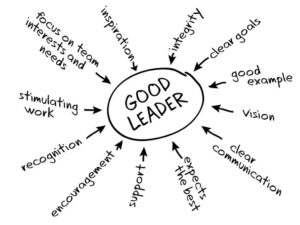
Change Management is Tricky. How Do You Handle It?
Change is an integral aspect of every organization — especially in today’s volatile environment. But managing change is challenging. That’s why it sometimes helps to

Change is an integral aspect of every organization — especially in today’s volatile environment. But managing change is challenging. That’s why it sometimes helps to

Many companies and job titles will go through drastic changes due to the ongoing COVID-19 pandemic. The HR sector and the people working in it

To survive and thrive in today’s unpredictable markets, successful leaders must treat contingency planning as a priority.

Our beloved Krups coffee maker decided it would brew its last wonderful cup of coffee this week. That might not sound like much to you.
“We can go from boom to bust, From dreams to a bowl of dust…” – Neil Peart On December 31, 2014, I jokingly predicted on
Some business improvement professionals believe the goal of their work is to make themselves redundant, to take their company to the point where improvement is
We all have the power within us to create real and lasting change. To transform the place we work into something finer and more efficient,
Some people say that the nail that stands out will get hammered down. These are the people who want you to keep your head down

Are technology and innovation like love and marriage? If you care about the future of work, look closer at this special relationship

In today’s world of work, shift happens. The defining question for leaders is how will you make the most of those dynamics?